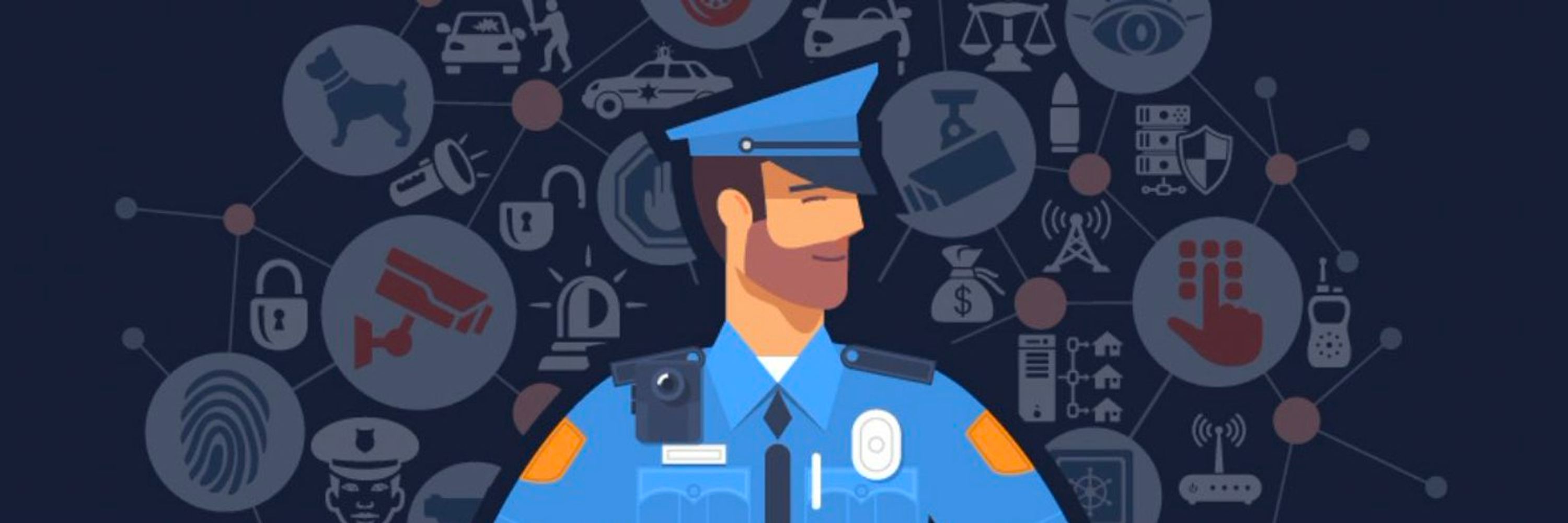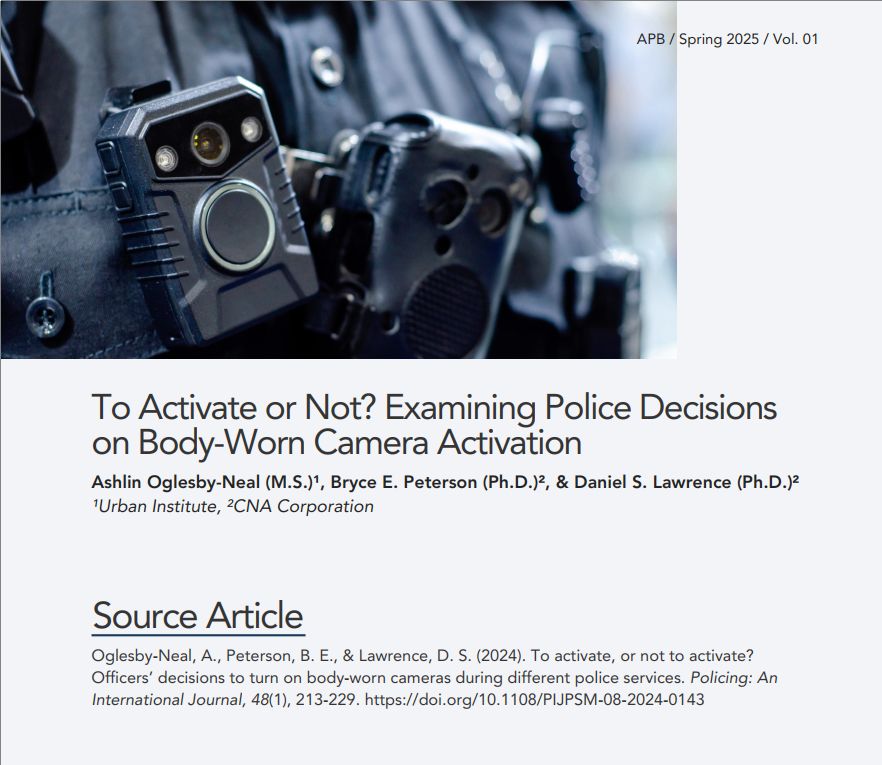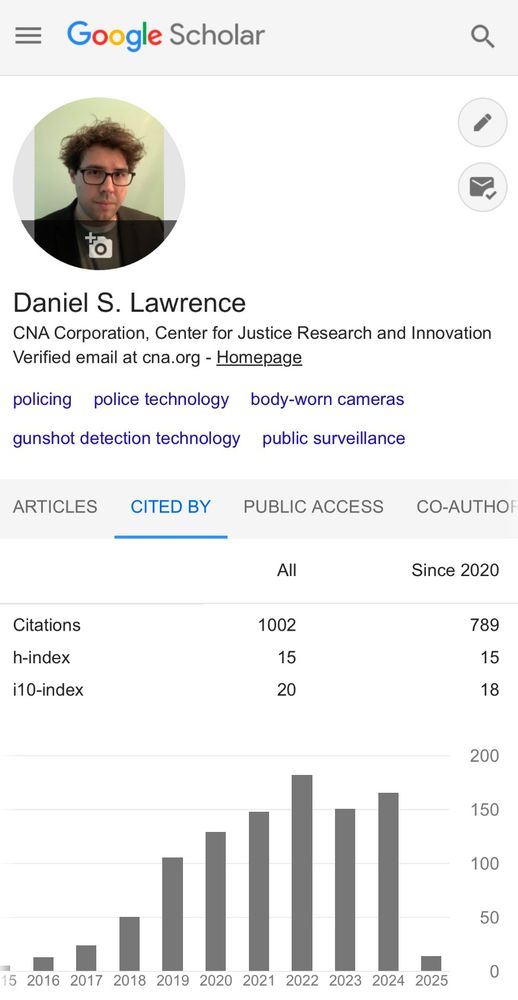
x(at)cna.org, x=lawrenced
Previously at the Urban Institute & RTI International
They include:
Body-worn cameras
Diversion Programs
Gunshot Detection Technology
Improving Interactions
Intelligence Centers
Officer Wellness
Agency Assessment
Prosecution
Surveillance
Check them out here: daniel-s-lawrence.com
They include:
Body-worn cameras
Diversion Programs
Gunshot Detection Technology
Improving Interactions
Intelligence Centers
Officer Wellness
Agency Assessment
Prosecution
Surveillance
Check them out here: daniel-s-lawrence.com
When do officers actually activate body-worn cameras (BWCs)? Research by Ashlin Oglesby-Neal, Bryce Peterson, & @danslawrence.bsky.social explores 1 million+ officer-event records from Milwaukee PD, and finds big variations. 🧵👇(1/4)

When do officers actually activate body-worn cameras (BWCs)? Research by Ashlin Oglesby-Neal, Bryce Peterson, & @danslawrence.bsky.social explores 1 million+ officer-event records from Milwaukee PD, and finds big variations. 🧵👇(1/4)
Law enforcement suicide is a national crisis.
Research by @danslawrence.bsky.social, Jessica Dockstader, & @kepadil.bsky.social breaks down 977 officer deaths by suicide in the U.S. (2016–2022) and shows where, and among whom, the risk is highest. 🧵(1/4)

Law enforcement suicide is a national crisis.
Research by @danslawrence.bsky.social, Jessica Dockstader, & @kepadil.bsky.social breaks down 977 officer deaths by suicide in the U.S. (2016–2022) and shows where, and among whom, the risk is highest. 🧵(1/4)
www.policeforum.org/trending29ma...
www.policeforum.org/trending29ma...






Realtimecrimeindex.com

Realtimecrimeindex.com
go.bsky.app/GwDMiAc

This is an ongoing starter pack that I am still expanding, so please let me know if you'd like to be added (sorry for any omissions!), and please share if you find it useful.
go.bsky.app/SL8dP7Z
#ASC2024 #criminology
This is an ongoing starter pack that I am still expanding, so please let me know if you'd like to be added (sorry for any omissions!), and please share if you find it useful.
go.bsky.app/SL8dP7Z
#ASC2024 #criminology
go.bsky.app/GwDMiAc
go.bsky.app/GwDMiAc




